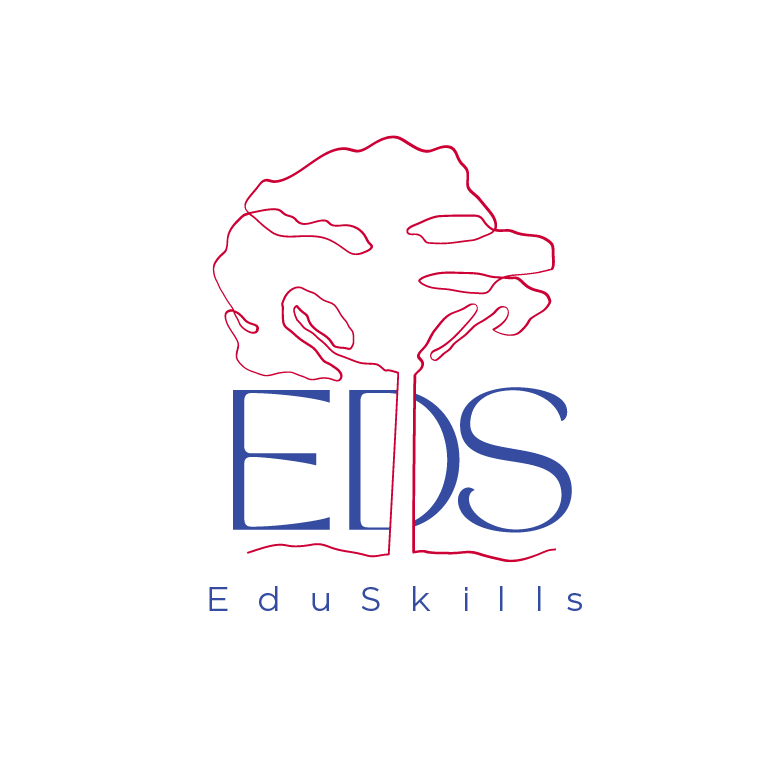Cultivating Connections: The Heart of Culturally Responsive Family Engagement
Louise El Yaafouri
Cultivating Connections: The Heart of Culturally Responsive Family Engagement
In today's diverse educational landscapes, embracing culturally responsive practices isn't just beneficial—it's essential. Culturally responsive family engagement goes beyond multicultural checkboxes; it's about creating meaningful connections that honor and embrace the rich funds of knowledge that our multilingual and multicultural families bring to the table. Here's why and how:
Multicultural Efforts as a Strong Foundation
Multicultural efforts, like translation tools, lay the groundwork by making information accessible and inclusive, bridging language gaps that often stand between schools and families.
Sometimes, straightforward translation is exactly what we need. In that case, follow these tips to optimize for translation:
Communicate Directly: Keep it simple. Short, clear sentences ensure messages aren't lost in translation—literally.
Clear Formatting Wins: Use bullets, headings, and lists to break down information, making it digestible and easy to navigate.
Consistency is Key: Stick with the same terms to avoid confusion, ensuring every message reinforces understanding.
Action Over Passivity: Active voice clarifies who's doing what, making messages more direct and engaging.
Provide Context: Without context, translation can miss the mark. Context brings clarity and enhances understanding.
Visuals Matter: High-quality, clear images support your message—just ensure they're culturally appropriate and avoid embedding crucial text.
Close Feedback Loops: Engage multilingual staff or community members to review materials, ensuring they resonate as intended.
Elevating Engagement with Culturally Responsive Moves
Culturally responsive practices recognize families as partners in education, valuing their contributions and experiences. This approach fosters a sense of belonging and respect, crucial for building the trust that underpins successful student outcomes. By intentionally designing engagement strategies that are as culturally aware as they are linguistically accessible, we create spaces where all families feel seen, heard, and valued.
Let’s take translation (a multicultural effort) as an example. When we pivot from merely translating words to translating meaning—considering cultural nuances and inviting families to share in their native tongues—we transform outreach into culturally responsive engagement.
This approach doesn't just talk at families; it speaks with them, creating a dialogue that's as rich in cultural understanding as linguistic accuracy. \
Take a moment to explore the free downloadable poster titled “Culturally Responsive Outgoing Messaging Recommendations”. Where does your school or district shine? What one strategy could you commit to for a semester to boost authentic family engagement?
Final Thoughts:
The journey to culturally responsive family engagement is ongoing, a continuous process of learning, adapting, and growing alongside the communities we serve. It's a path paved with challenges, but the rewards—a more inclusive, understanding, and connected educational community—are well worth the effort. Together, we can ensure every family, regardless of background, feels a part of their child's educational journey.
Collectively, we’re busy meeting the needs of our newest multilingual students in various ways. Many districts have renewed their commitment to impactful ML instruction and equity, bolstering professional development efforts, curriculum, and data-storage platforms to support these moves.
While we’re looking ahead toward long-term multilingual student success, we’re also juggling the more urgent, triage intake needs, like welcoming, classroom placement, and initial English language assessments. Translation and interpretation have also moved into the critical needs category, in a way that we haven’t had to rely upon in the past.
This particular “wave” of new-to-English speakers stands out from recent years in the sheer number of ML students served in such a short time. (If you’ve been in the ELD sphere for a bit, think 2008-2009.) Even two years ago, an ELD team welcoming a new-to-English student had the luxury of moving more slowly and methodically, leaning almost exclusively on ML instructional best practices as an on-ramp for student engagement, regardless of prior English experience. With stretched capacity, many of us have turned to translation and interpretation tools to support, speed up, and enhance registration and integration processes.

